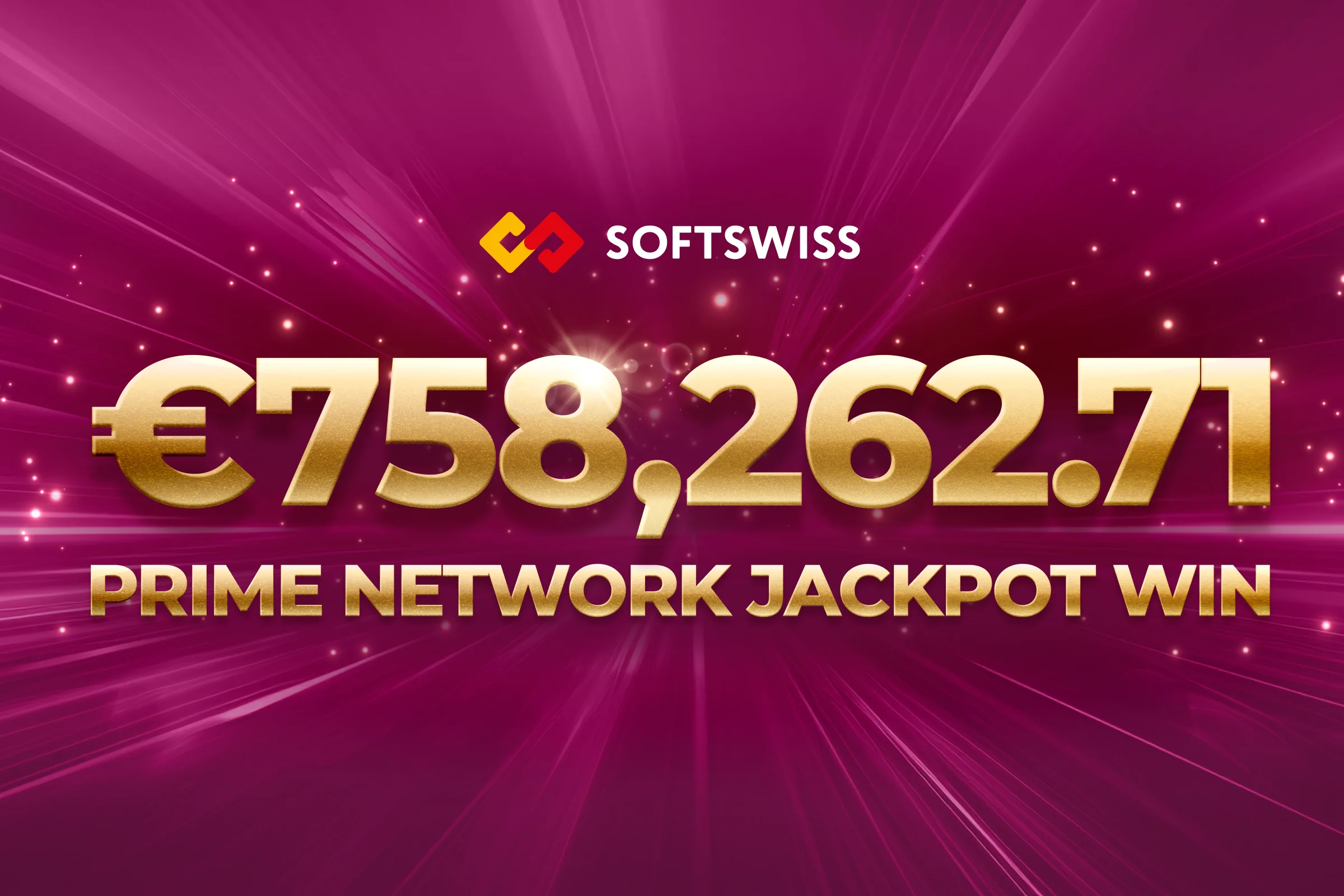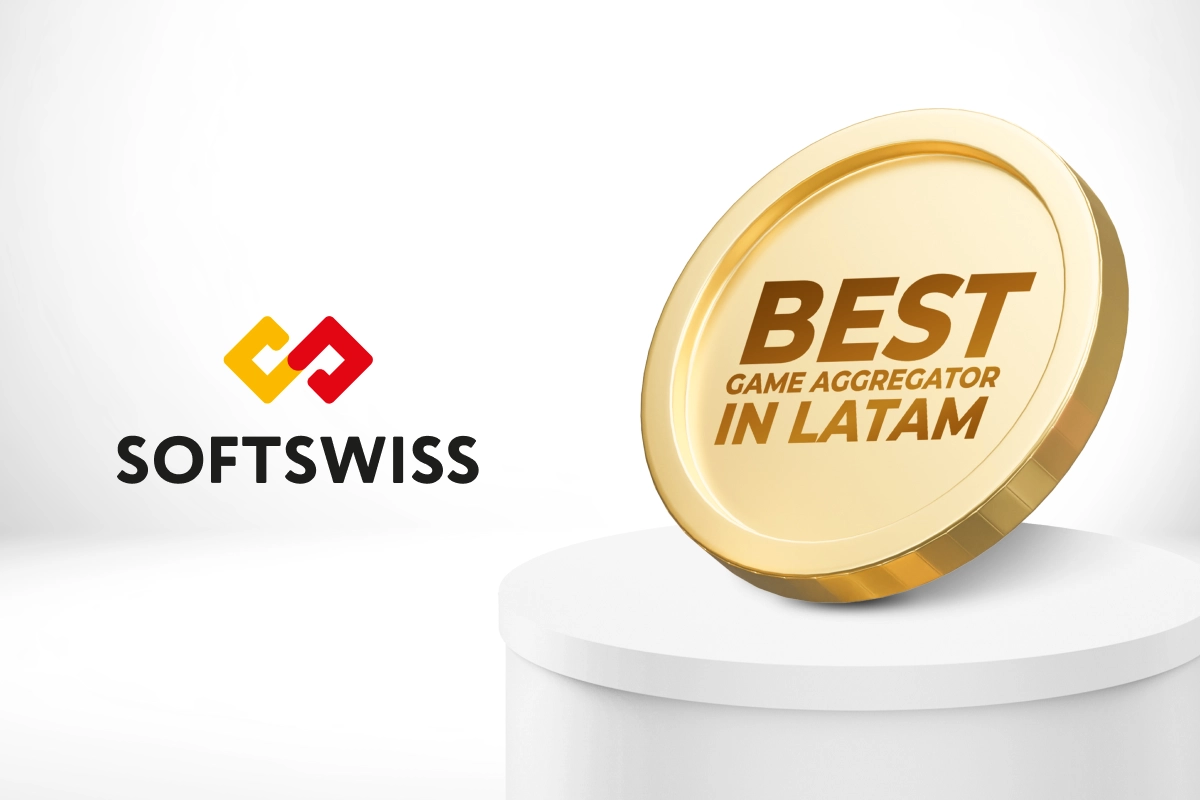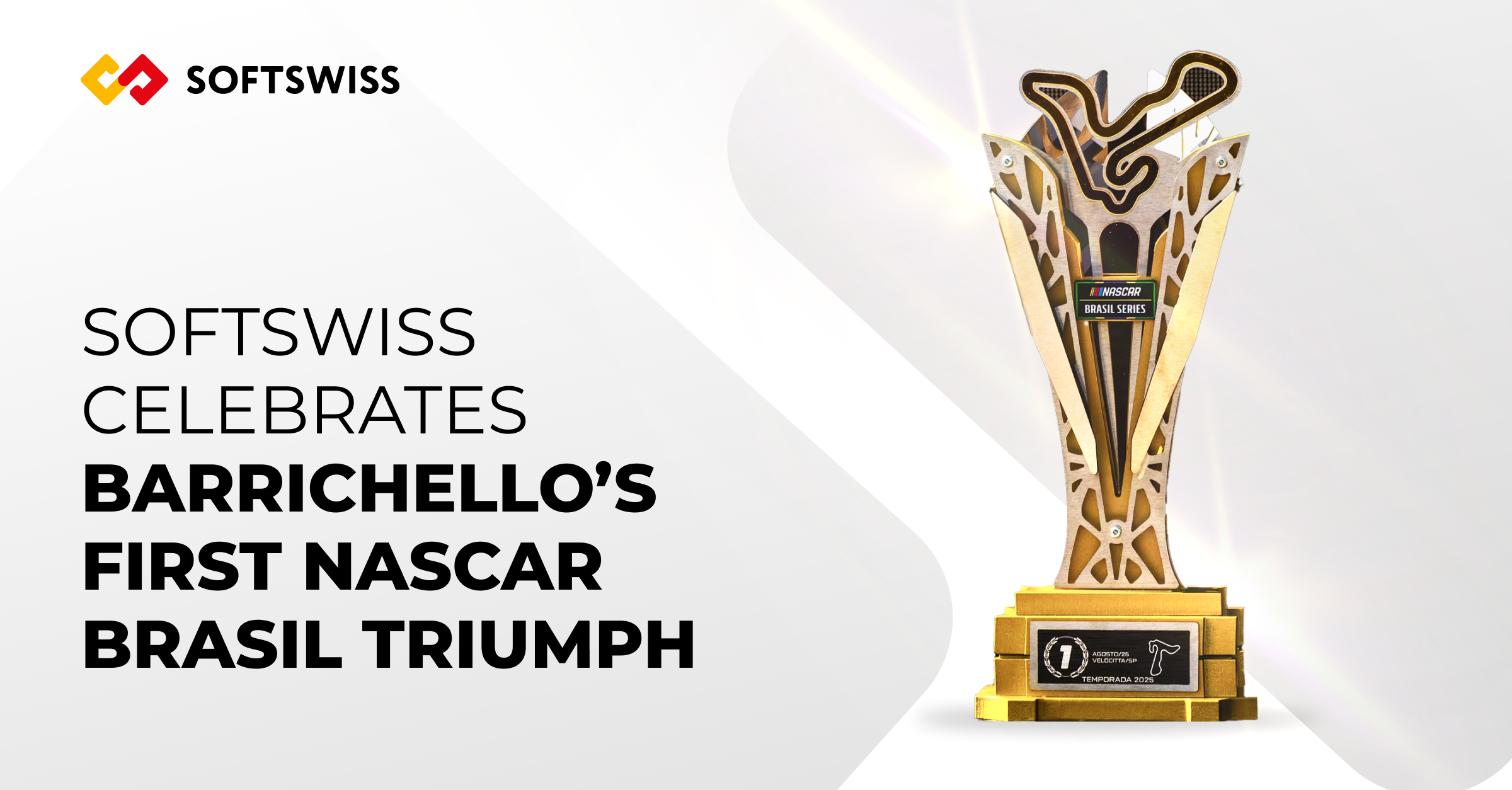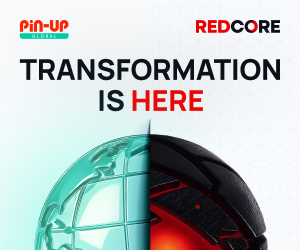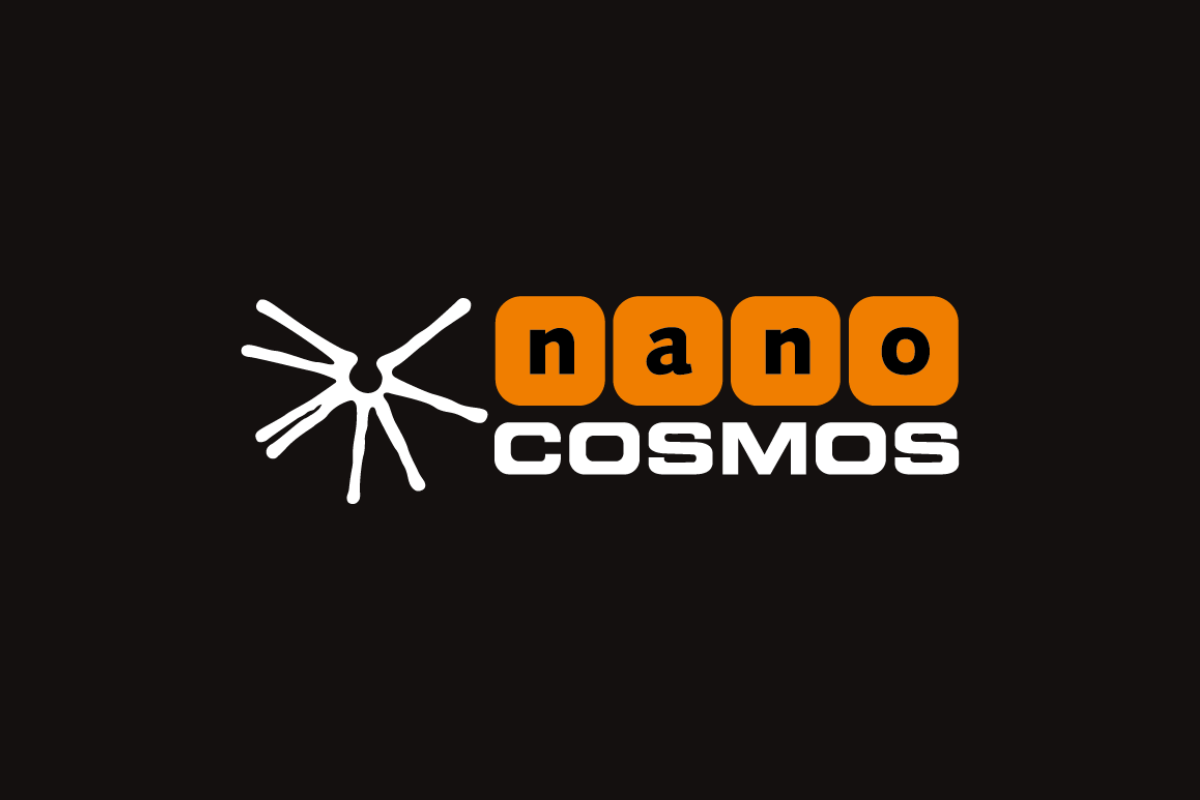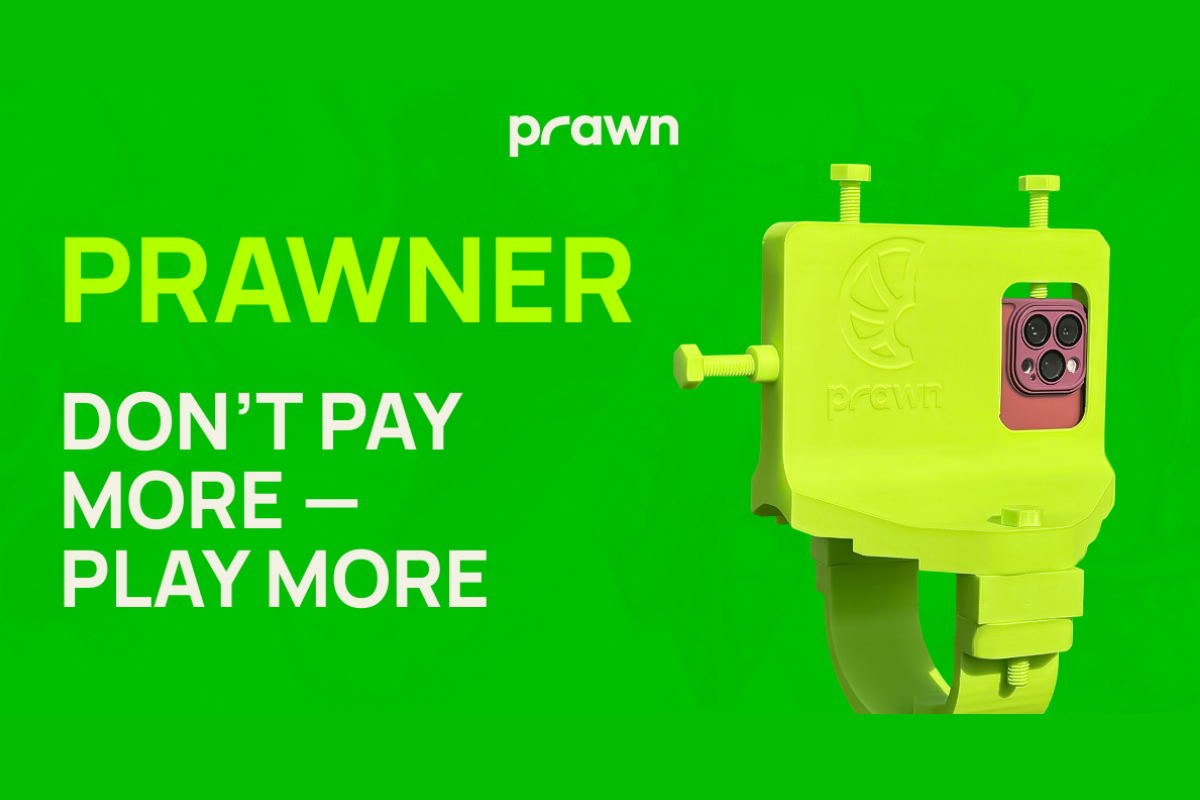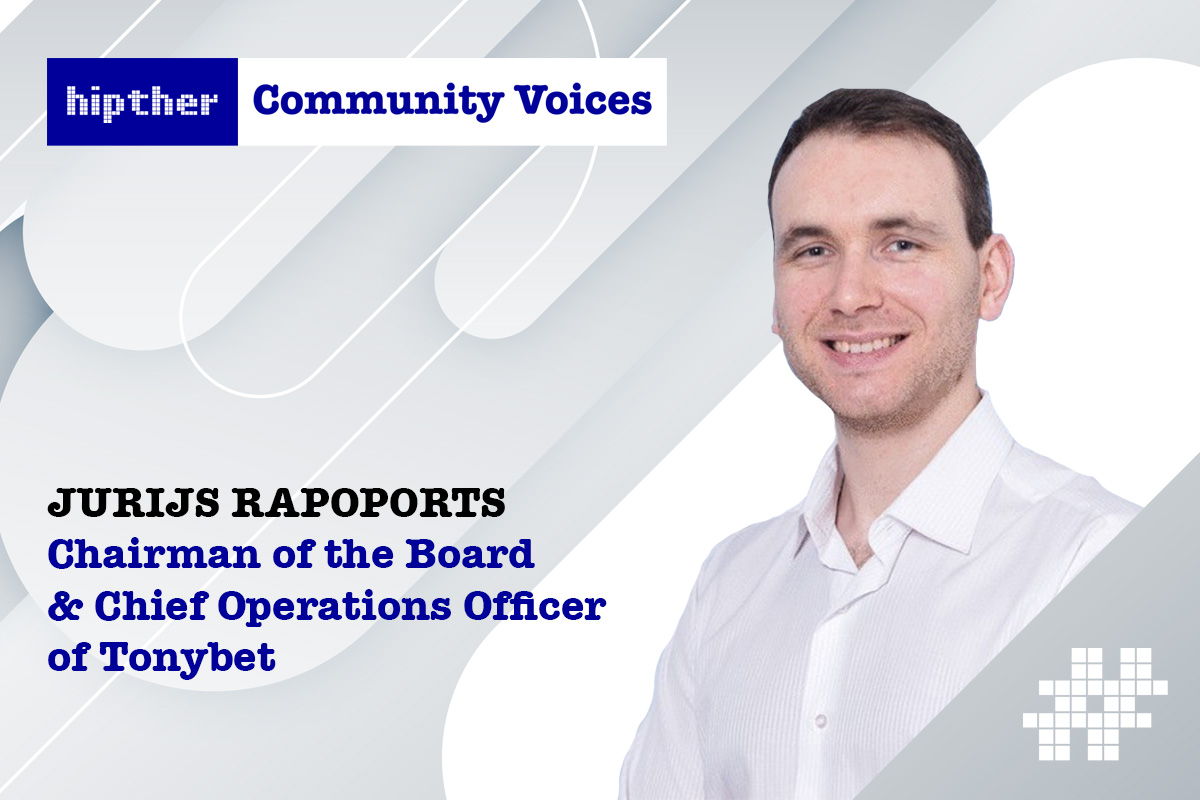Interviews
Scaling Up in iGaming: Strategic Role of Platform Migration with SOFTSWISS
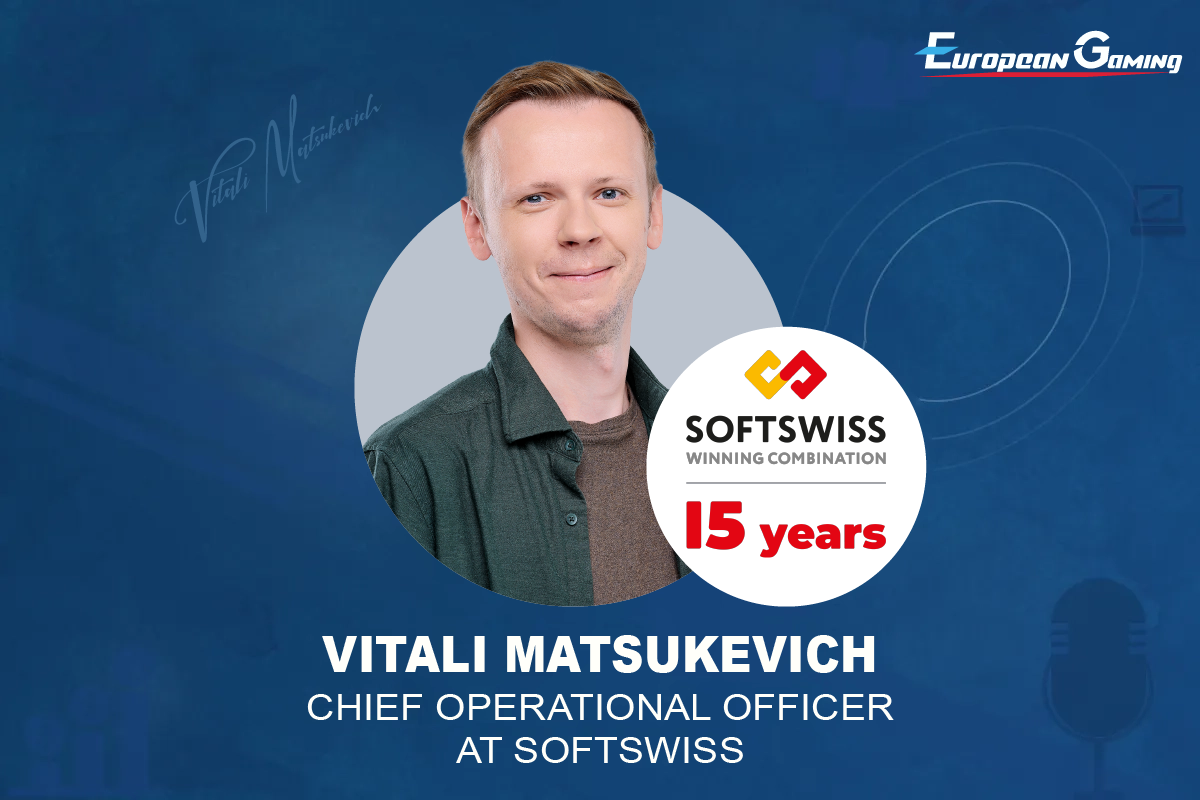
Platform migration has emerged as a critical strategy for operators looking to scale their operations, enter new markets, or address technical shortcomings. In an interview with European Gaming, Vitali Matsukevich, Chief Operational Officer at SOFTSWISS, delves into the intricacies of the migration process, the challenges operators face, and how SOFTSWISS has positioned itself as a leader in ensuring seamless transitions.
What drives operators to consider migrating from one platform to another? Could you explain the key issues they aim to resolve and why migration becomes necessary?
Vitali Matsukevich: The most popular reason is that the current platform no longer meets technical requirements, especially in terms of scalability and reliability. Operators often face issues like handling user loads they are currently experiencing or planning for. This often forces operators to seek a more stable and technically advanced solution to support their business growth. For example, in LatAm, we know of cases where operators face significant challenges due to downtime or unreliable operations. In some cases, this situation becomes unmanageable, and operators realise they need to migrate to a platform like ours, which offers 99.9% uptime and a seamless user experience.
Another reason for migration is the desire to expand to new geographies. For instance, if the current platform is not certified in a particular country, the operator may consider migrating to a platform that already has the necessary certification. While launching a new project on a different platform is an option, it can lead to operational challenges, such as managing two different projects on different platforms, which is not always convenient. In such cases, if the new market is attractive enough, it may be simpler to migrate to a platform that is already certified, obtain the necessary licence, and continue developing the project.
The third reason is dissatisfaction with the current software provider. This could be due to poor communication with business account managers, slow response times, lack of support, or the provider’s failure to implement client feedback. In the case of SOFTSWISS, we not only offer better service – as confirmed by various studies – but prioritise collaborative partnerships. Our partners highly appreciate our flexibility, openness to their suggestions, and commitment to developing the business together.
Moreover, operators who choose platforms used by major industry players benefit from being part of a community and gain access to features requested by those larger brands. For example, when large operators asked for specific product updates, we later rolled them out to all clients, which received positive feedback. We also have a well-structured workflow for managing client requests, where we gather all ideas, suggestions, and comments from our partners, and our product team evaluates which of them will have the most impact.
What specific technical and operational advantages does the SOFTSWISS platform offer to operators who decide to migrate?
Vitali Matsukevich: I would highlight two key advantages: the high technical performance of our platform and the well-established interaction with our partners. Because our partners don’t experience technical difficulties, they can scale their projects without worrying about the technical aspects of their business. Our recent migration case, where we transitioned over a million players to our casino platform and sportsbook within five hours, further confirmed the high technical level of our solution and well-defined migration process.
A unique feature of migration is that after reopening a project post-update, there’s often a surge in user activity, with more people visiting the platform than usual. This contrasts with the gradual user growth seen when launching a new project, where users join the platform over time.
After migration, a large number of users might access the platform simultaneously. To prepare for this, we conducted numerous stress tests before the launch and executed the migration flawlessly. The number of issue reports was even lower than we expected.
What are the main challenges operators may face during migration, and how does SOFTSWISS help minimise these risks?
Vitali Matsukevich: The main challenge is the inevitable player churn. Before the transition, operators conduct extensive information campaigns about technical changes and migration to a new platform, but not all users take the necessary actions to transfer their accounts. On our side, we assist in communication, share experiences from previous migrations, and make the process as easy as possible for users.
Another challenge is that users might notice differences between the two platforms. For example, even if both platforms offer the same types of bonuses, they might be implemented differently or might have other slight differences. In this case, we strive to visually adapt the new platform to resemble the previous software. We also transfer all possible and significant information about players’ gaming preferences, for example.
Overall, this is a complex process. We need to assess which aspects of the previous user experience should be transferred to the new platform. Sometimes, it may also be decided to enhance certain features.
Another important challenge is maintaining SEO rankings so that the project continues to receive stable traffic from this channel. Our experienced specialists help transfer all necessary information, adapt pages, and take other actions to ensure that search engines either don’t notice the difference or even improve the project’s search ranking.
What steps are taken to minimise player churn and ensure their loyalty after migrating to the new platform?
Vitali Matsukevich: An individual strategy is developed for each project and specific user groups. This can include additional email campaigns offering players bonuses or other unique personalised offers during the transition period. This approach helps retain users and makes the migration process as attractive and seamless as possible for them.
What metrics do you use to evaluate the migration success, and how do you measure its impact on the operator’s business?
Vitali Matsukevich: The key metrics we use to evaluate the migration success include the speed, downtime, player retention rate (how many users successfully transitioned to the new platform), and the load on customer support. These metrics allow us to objectively assess how smoothly the migration went and identify any areas that may need improvement in future migrations.
What are SOFTSWISS’ plans for further developing and improving the migration process?
Vitali Matsukevich: After each migration, we refine our current workflow, adding new elements based on the experience gained. We are also actively working on obtaining additional certifications, as we are currently doing in Brazil so that our partners can quickly and seamlessly launch their projects as soon as they have the necessary licence.
How does operator feedback play a role in improving the migration process, and how does SOFTSWISS incorporate their suggestions and feedback?
Vitali Matsukevich: We actively gather feedback from our partners and conduct retrospective discussions within our team. During these meetings, we analyse the metrics and identify any delays or issues. It’s important to note that each migration is a unique project, and while the core steps remain the same, the workflow is always adapted to the specific case. This approach allows us to continuously improve our migration process and ensure successful collaboration with our partners.
Can you provide examples of successful migrations where your approach led to significant improvements for the operator?
Vitali Matsukevich: Yes, one of the most compelling examples of a successful migration is when we transitioned over a million players from a competitor’s platform to the SOFTSWISS Casino Platform and the SOFTSWISS Sportsbook in just five hours. This migration was a significant achievement, showcasing our platform’s technical robustness and our team’s ability to manage complex, large-scale transitions with minimal downtime.
During this process, we meticulously planned and executed the migration to ensure that player accounts, balances, and gaming histories were seamlessly transferred without any data loss.
-

 Africa7 days ago
Africa7 days agoGhana’s NLA Introduces New Sticker to Clamp Down on Illegal Lotto Operators
-
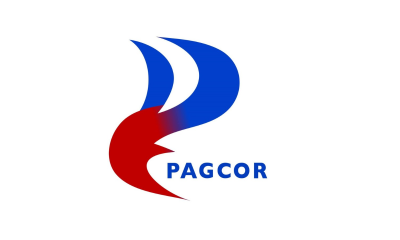
 Asia6 days ago
Asia6 days agoPAGCOR: Online Gaming fuels nation-building, but illegal sites pose risks
-
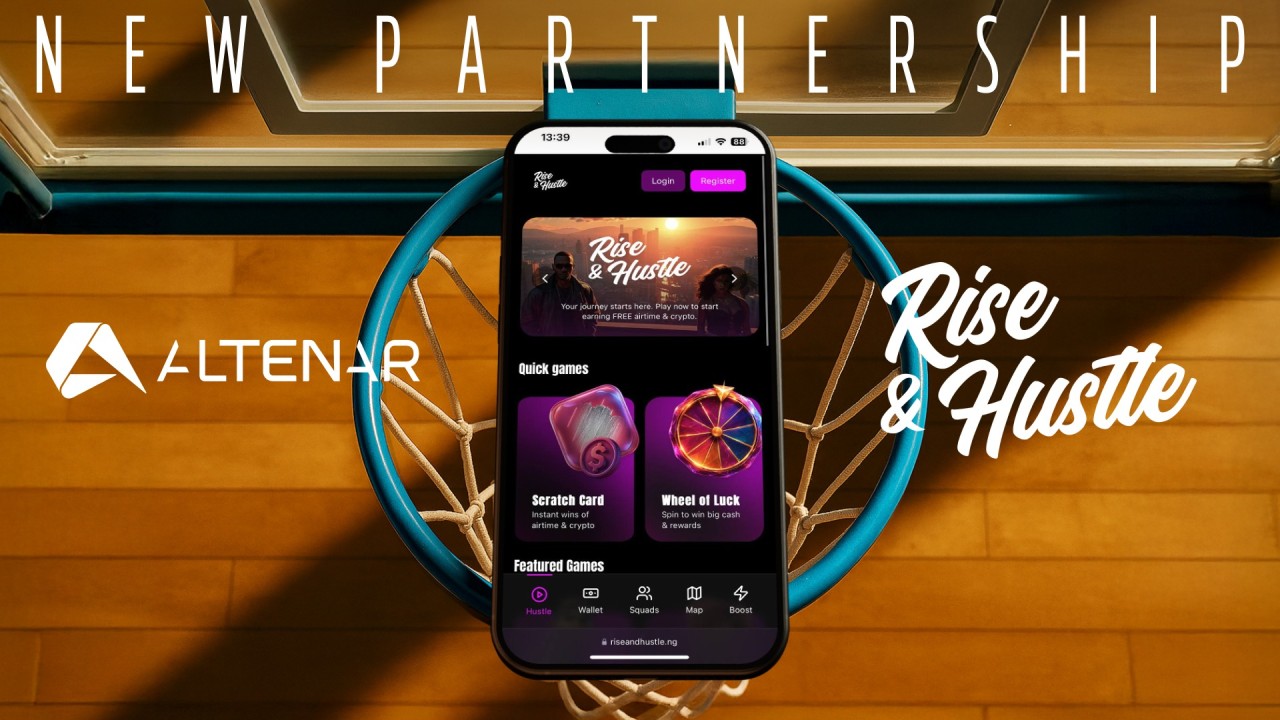
 Africa7 days ago
Africa7 days agoRise & Hustle partners with Altenar to power its new sportsbook offering
-

 Central Europe7 days ago
Central Europe7 days agoCT Interactive Announces Strategic Partnership with Ecasino
-

 Eastern Europe7 days ago
Eastern Europe7 days agoDigitain Strengthens Romanian Market Presence Through KingCasino Partnership
-

 Latest News7 days ago
Latest News7 days agoCasino Playa de las Américas Implements JCM’s ICB Technology
-

 Compliance Updates7 days ago
Compliance Updates7 days agoElizabeth Varley, solicitor at licensing law firm Poppleston Allen, shares a handy refresher on the UK’s statutory levy, including the who, how much, why and how to pay
-

 Conference7 days ago
Conference7 days agoBetConstruct to Participate in SBC Summit Lisbon 2025







